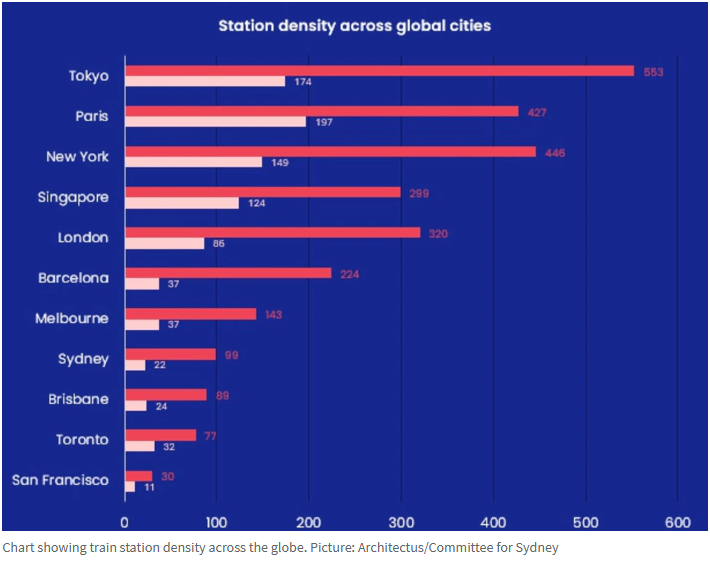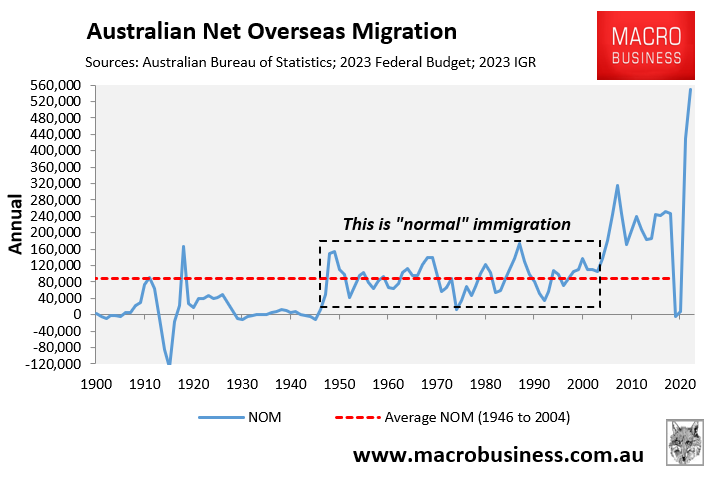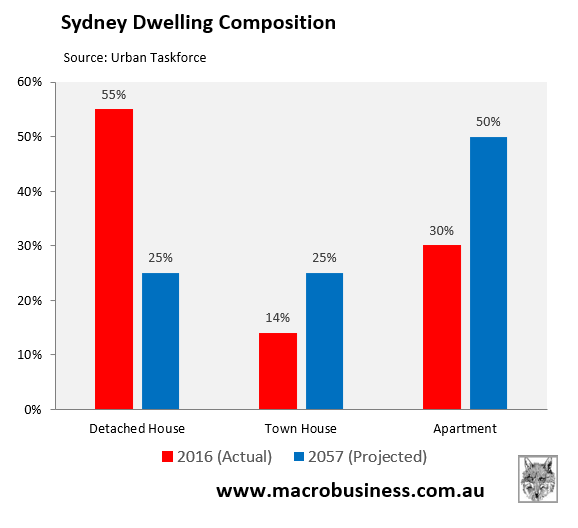Sydney faces an impossible housing conundrum.
Last week, Mirvac chief executive Campbell Hannan told a Citi investment conference panel that “there’s just not enough builders to build the homes because they’re busy with all the [government infrastructure work]”.
NSW Treasurer Daniel Mookhey agreed, telling the conference that big infrastructure projects divert labour from housing construction. He said the government, therefore, needed to reduce its infrastructure spending.
The NSW Productivity and Equality Commission (PEC) made similar remarks in its “Review of Housing Supply Choices” report released last month.
The PEC called on governments to stop spending money on infrastructure to free up the construction industry to build more homes.
The PEC report claimed that governments “diverting resources from home building to public infrastructure projects” over the past decade is a key reason why so few new homes are being built, making housing more unaffordable.
However, a new Committee for Sydney report entitled Defining Density (Done Well) contradicts these claims.
It argues that Sydney will need to build hundreds more Metro, train, and light rail stations if the NSW government has any hope of tackling the housing crisis.

“We need more train stations before we can get more housing”, Committee for Sydney chief executive Eamon Waterford said.
“We should be delivering a new Metro line every four to six years in Sydney”.
NSW Premier Chris Minns pushed back, stating that there isn’t enough money to pay for such massive infrastructure investment.
“I’d love to (build more Metro lines)”, he said.
“At the moment we’re building three new Metro lines in Sydney … which cost north of $30 billion”.
“Ultimately people have to pay for these Metros”.
Waterford warned that fixing the housing crisis could take more than two decades and would require successive governments (read taxpayers) to throw huge sums of money at the issue.
“There’s no doubt that the scale of investment we’re going to require is at a visionary scale – it’s going to require bold leadership”, he said.
“I’m sympathetic that there’s no money but if we are going to solve the long term housing crisis we have no choice”.
Actually, Eamon, there is a simple choice that would fix the housing crisis without costing taxpayers hundreds of billions of dollars: slash net overseas migration to post-war levels of below 120,000 per year.

The reality is that if the federal government is going to continue growing the population like a science experiment through high immigration, we are going to need more housing and more infrastructure. It is not an either-or proposition.
If governments stop spending on infrastructure and divert it to housing, that will substitute one problem for another (and visa-versa).
The above commentators refusal to discuss the immigration elephant crushing state government budgets, liveability, and de-housing Australians renders its solutions useless.
Instead of making future residents of Sydney live in expensive high-rise shoebox apartments without car parks, adequate storage, or natural light, the obvious solution is to cut net overseas migration dramatically to ease the demand for new housing.

Australia won’t achieve improvements in housing affordability and infrastructure efficiency unless immigration is drastically cut to a level below the nation’s ability to build said homes and infrastructure.
Excessive immigration is the main factor behind Australia’s housing crisis and declining liveability.

